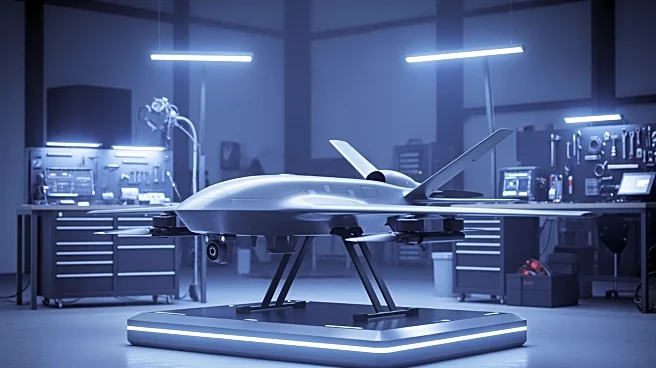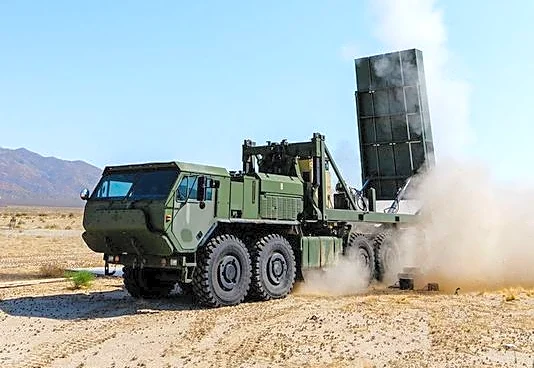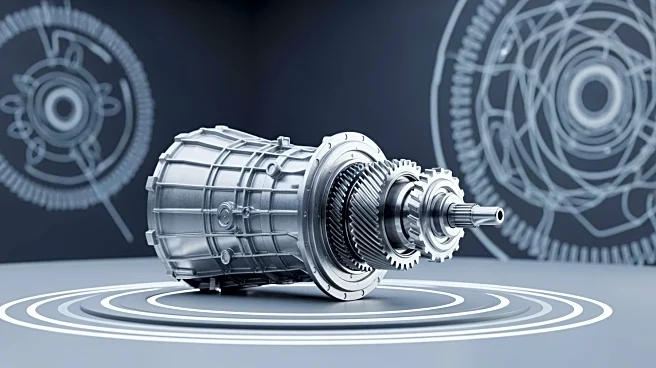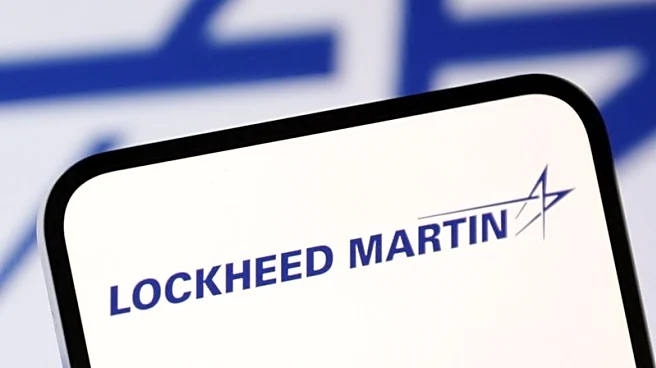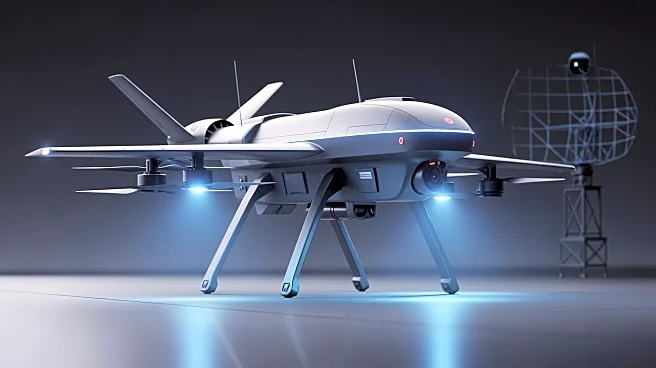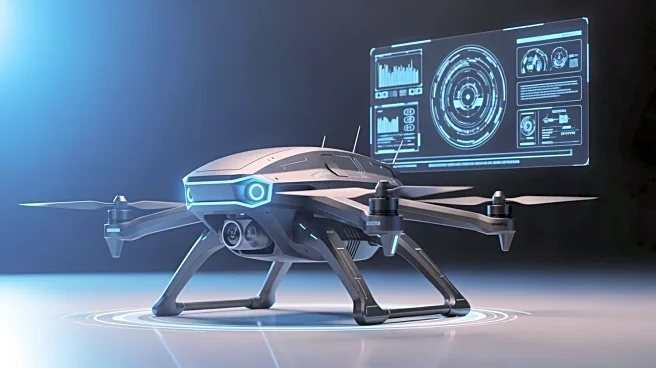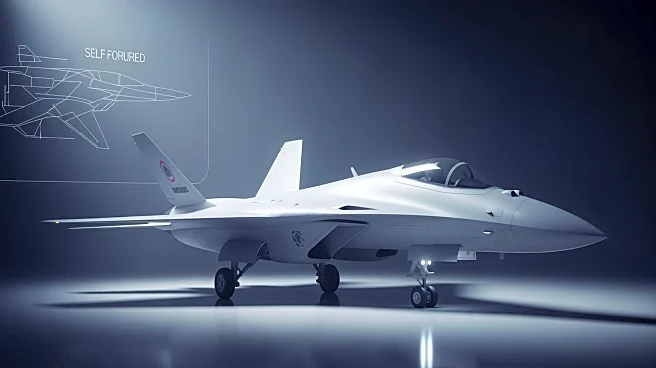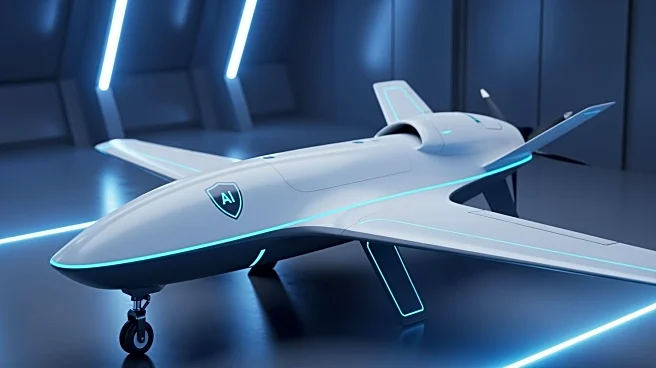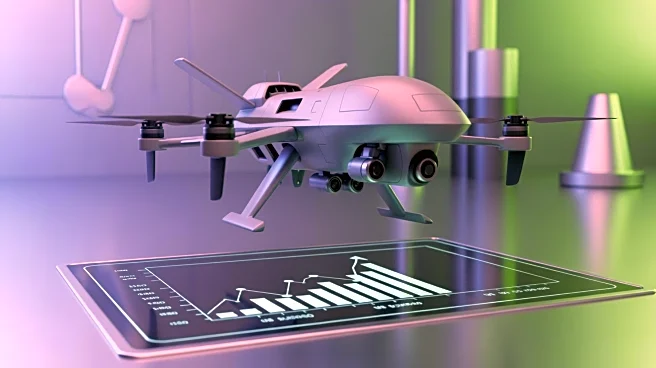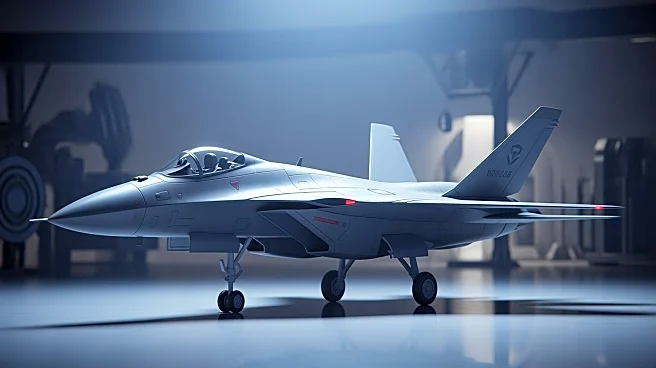What's Happening?
Amid increasing defense spending, some U.S. defense firms are focusing on self-funded prototypes to drive demand and innovation. Companies like Lockheed Martin and Northrop Grumman are investing in developing
operational prototypes, such as autonomous Black Hawks and space-based interceptors, to demonstrate capabilities to the government. This approach aims to accelerate the introduction of new technologies and address evolving threats. The strategy reflects a shift towards corporate-level initiatives and collaboration with new entrants in the defense sector.
Why It's Important?
The move towards self-funded prototypes represents a significant shift in the defense industry's approach to research and development. By investing in prototypes, companies can showcase their capabilities and potentially secure government contracts more quickly. This strategy could lead to faster deployment of advanced technologies, enhancing the U.S. military's capabilities. The focus on innovation and collaboration with new entrants may also drive competition and efficiency within the defense sector, benefiting both the industry and national security.
What's Next?
As defense firms continue to develop and demonstrate prototypes, the Pentagon may need to adapt its procurement processes to accommodate these new approaches. The success of self-funded prototypes could influence future defense spending and policy decisions, potentially leading to more rapid integration of new technologies. Additionally, international interest in these innovations may open up new markets for U.S. defense companies, further driving growth and development in the sector.
